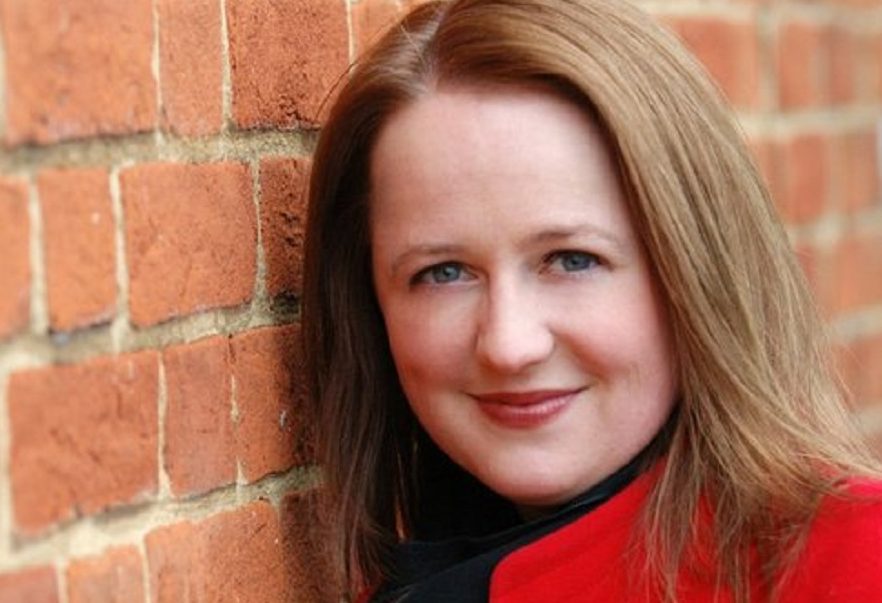
Music / “Weavers of Song”, Miriam Allan & Erin Helyard. At Wesley Music Centre, September 17. Reviewed by GRAHAM McDONALD.
THERE is an added pleasure in a concert when there is an obvious joy in the company and an appreciation of each other’s talents between the performers.
In this case it was between Australian soprano Miriam Allan and fortepiano player Erin Helyard. They are almost exactly the same age and have studied and worked together for much of their professional lives.
Allan is now based in England, where she specialises in baroque and classical period opera while Helyard is based in Sydney where he is the director of Pinchgut Opera, also specialising in producing 17th and 18th century opera.
This concert celebrated the 20th anniversary of the foundation of the Wesley Music Centre, with an introduction by the centre’s director Liz McKenzie acknowledging the efforts of Garth Mansfield, whose energy and drive was fundamental to its establishment.
The music for the concert was composed of songs by Joseph Haydn and Franz Schubert with fortepiano works by Josepha Barbara Auernhammer, Mozart and Schubert.
The Haydn songs were from “Original Canzonettas”, composed in the mid-1790s, with most of the six selected settings of poems by Anne Hunter. These were presented into two blocks of three with a piano work by Auernhammer to break them up.
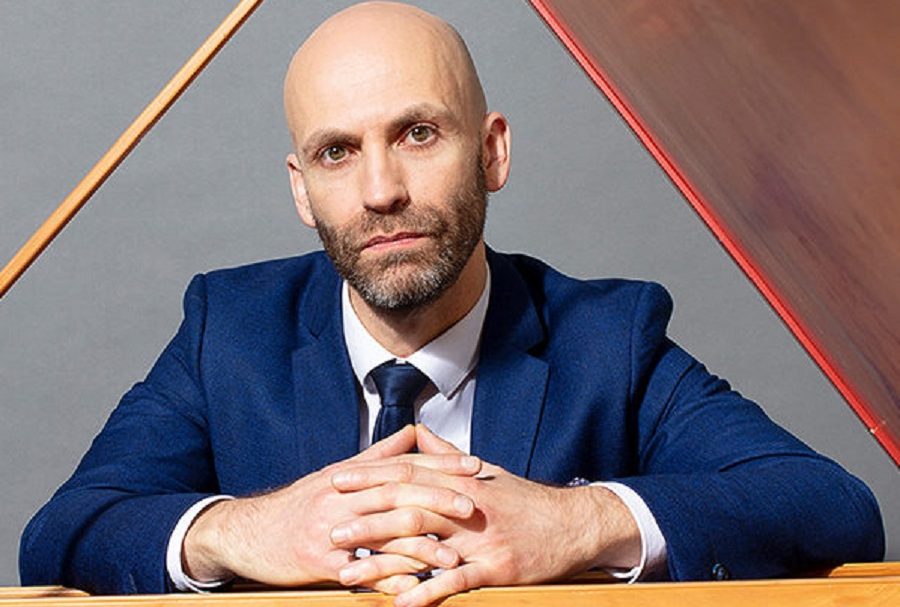
She was a student of Mozart and wrote this work, variations on a song theme from the “Magic Flute”, shortly after his death in 1791. The Haydn songs were followed by a Mozart “Variations on a Theme” before a leap forward 20 or so years for another six songs by Schubert interspersed with three short piano works.
I have not mentioned the performances because there is little a reviewer could possibly write in the way of criticism.
Allan’s voice is exquisite, exact in pitch, full of dynamics with delightful bits of baroque ornamentation. She held a high note in the third of the Schubert songs which had Helyard looking across in wonder and admiration. Helyard’s playing was flawless. The fortepiano, a copy of an early 19th century instrument, growled and rippled as required, sounding absolutely appropriate to the music. There was also the curious numerical structuring of the program, with all the works arranged in threes and sixes, perhaps with some underlying significance, but all part of an impressive musical performance from two artists at the height of their powers.
Who can be trusted?
In a world of spin and confusion, there’s never been a more important time to support independent journalism in Canberra.
If you trust our work online and want to enforce the power of independent voices, I invite you to make a small contribution.
Every dollar of support is invested back into our journalism to help keep citynews.com.au strong and free.
Thank you,
Ian Meikle, editor
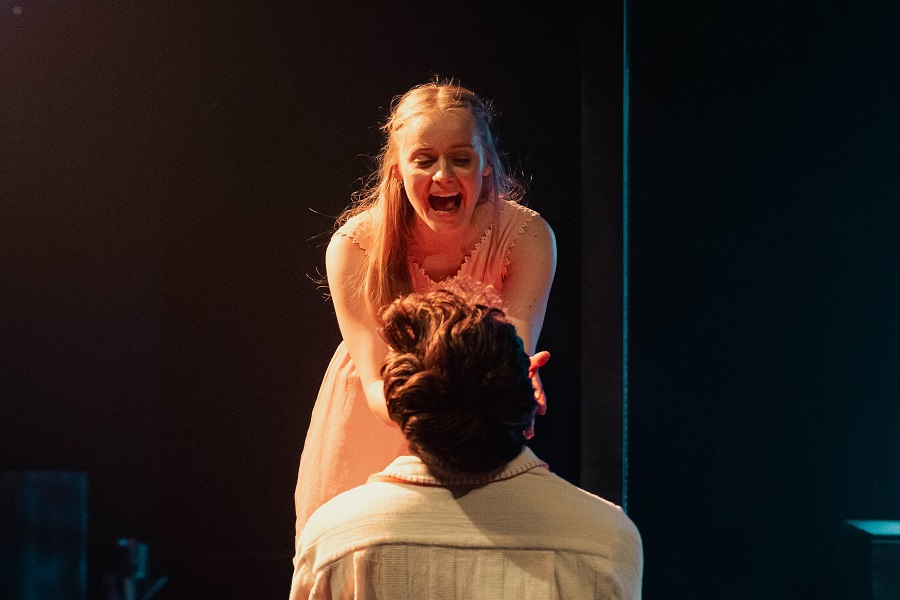
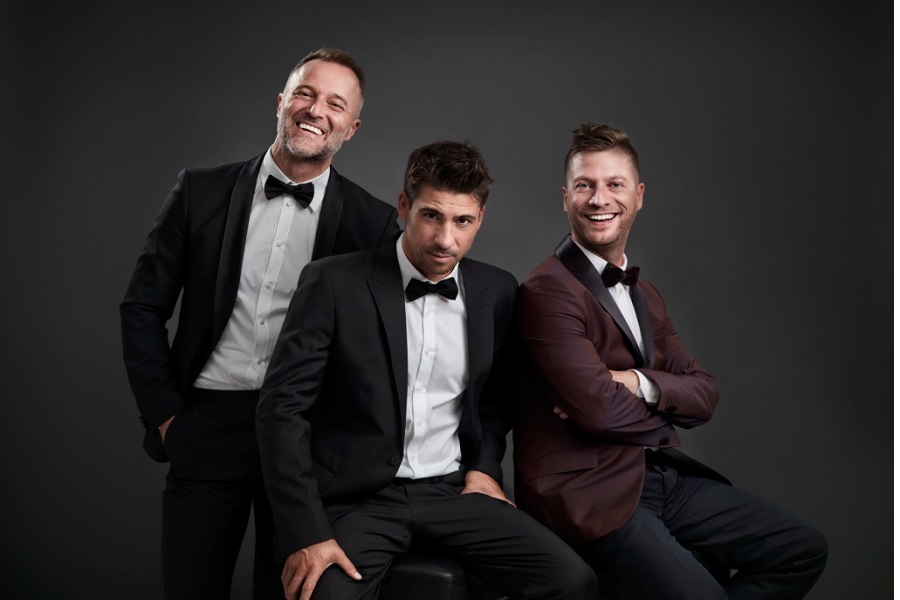
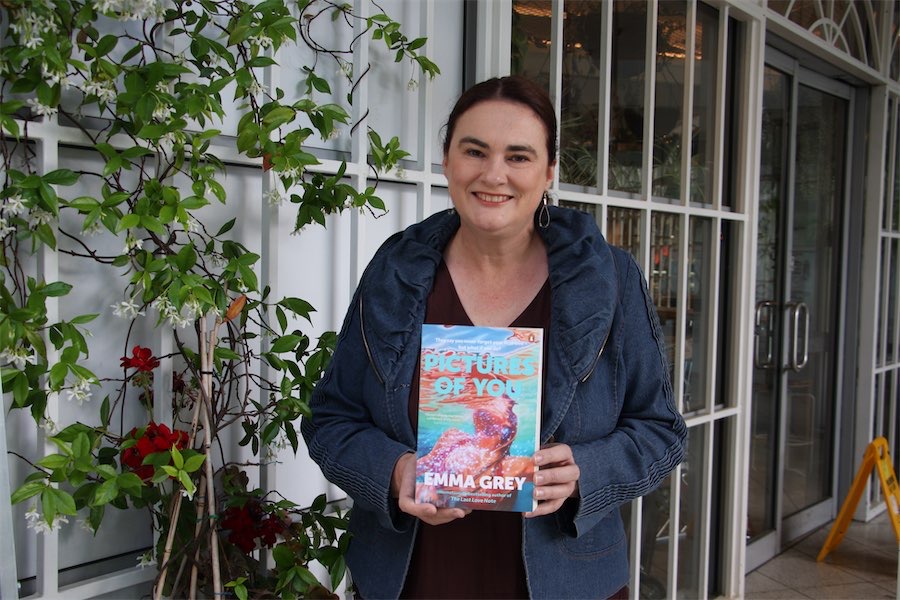

Leave a Reply